This question is to help the "hard of hearing community" so that they can READ the phone/mobile call because they can not hear it.
Android has some really good (and free, too) apps which can convert voice to text with high accuracy and in many languages (Google Live Transcribe, SpeechNote etc.) Unfortunately as of now there is no feature to transcribe a phone call on Android (Google is working on it but it has a lot of complexities ranging from technical to privacy.)
To transcribe phone calls, I need help from experts.
A hard of hearing person will get call on his mobile phone. (Let us call this mobile "Mobile1.") A mobile headset will be connected to Mobile1 which will have left and right audio and a microphone.
Something like this:
How can I remove Output2 and feed this output to another Android mobile (Mobile2) microphone as input so that Mobile2 can transcribe the caller's voice successfully? A picture of that case is given below where Google Live Transcribe on Mobile2 is translating the voice (which it gets it from its microphone) to text.
I read on the internet and learned some basic terminology about the headset, so based on my limited knowledge, please guide me on how to connect the left or right audio channel wire from one headset to the microphone of another mobile.
Can you please give me a YouTube video demonstrating the making of that adapter or cable or some photos of how to make it so that I can connect with some local shopkeeper for the same because I am not an electronics engineer. I just want to help the deaf community around me and want to see happiness on their faces.
The answer to an old question gave me that idea that we can achieve what I was thinking but that I think the answer is not complete.
If I did not explain myself clearly please ask so that I can do my best to clear it. Please help to support the noble cause of making someone happy.
Edit 1 - Adding a rough diagram as per the suggestion by David.
@David - Can you please confirm whether my understanding is correct about the connectivity of different adapters from source to target mobile? If anything needs to be changed please let me know.

